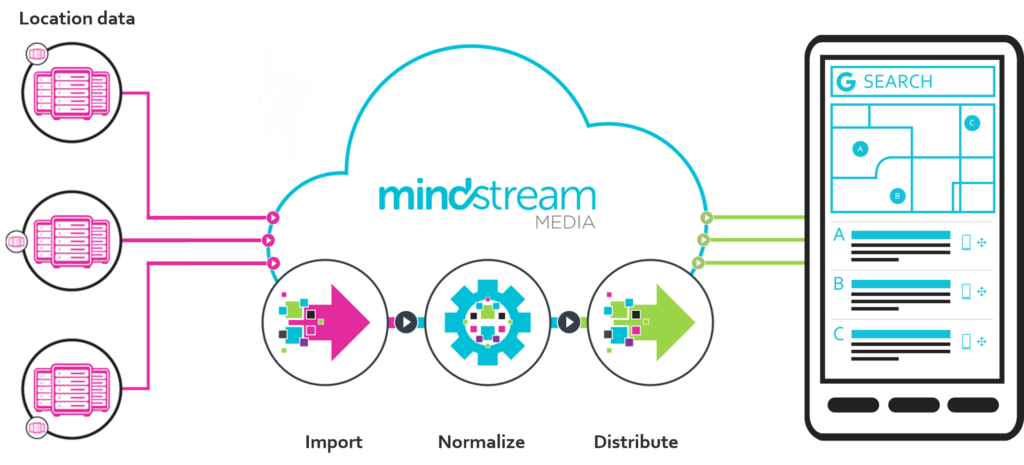The digital space is so saturated with brands that ads can become white noise for consumers. Because of this saturation, it’s becoming increasingly important for marketers to know their target customers inside out to build ideal audience groups and break through the clutter. In this post, I’m going to look at what brands need to do to identify their target audiences and build their slice of the audience pie.
As I prepared for this post I thought, “I’m a consumer. How do I want brands to target me?” First and foremost, I want the brands to have a deeper understanding of my relationship with their product. Simultaneously, I thought about one of our financial partners we work with to market their service. The service is one that can be utilized by all consumers, but we only want to target a portion of that pie.
So, how do we figure out how to identify and reach that portion? To the drawing board we go…
*Disclaimer – KPIs always dictate which piece of the audience pie makes will provide our client the most return on investment (ROI).
Peter Minnium, President of Ipsos Connect, advocates for the “pushmi-pullyu” strategy for brand engagement. The push approach is standard, where “the population is segmented, targets are built and likely buyers are interrupted with ads designed to drive awareness and purchase intent.” The push-method is mechanical and often cold; an old standard in digital marketing.
The pull approach is “closer to the strategy of entertainment companies seeking to build an audience. Loyalty and enthusiasm are constructed on a foundation of compelling content and are maintained by an attentiveness to how the content is received.”
As marketers, how do we know when to push and when to pull to earn the attention of an ever-changing audience? To build on our slice of pie, we must examine the relationship between the brand and these consumers. We start the million-question journey to understanding the relationship:
- Is there an emotional stake for your consumer?
- What are our short-term and long-term goals?
- What is the consumer journey and buying cycle?
By answering these questions (and many more), we start to build a path that in the end triggers an action while creating a moment between brand and consumer.
Recognize your audience is multi-dimensional. Going back to our slice of pie for our financial partner: Our target group is tech savvy but older, with refined tastes and connected with their family. Maybe they enjoy yoga, barbequing, live music, but also like to slow it down for a game of Life. Layering in these behaviors, we can position our messaging exactly where our audience is browsing online. We’ve now found our segments, we know the relationship, so what story do we tell?
This is where our creative storytelling must be flawless. Creative is the bridge to our audience segment and sale. An emotional pull is best served within content. We have to ask: Is our message compelling? Do we show how and why our consumer needs to engage with our brand?
We’ve now come full circle; or, in our case, to a perfect slice of pie. But our job isn’t done, there’s one more ingredient: Measurement. Since we’ve built our audience based on the relationship, it’s important we measure our consumers’ relationship, favorability and intent with our brand. Our ideal world will always be to follow the consumer from view to purchase because this not only closes the gap but will measure the success of our segmenting.
Now, who wants a slice of pie?
Related Case Study: How our sequential messaging strategy crushed client goals


![[OCTOBER 2017] “Near me” Searches on Google are Declining – What that Means for Local Businesses](https://mindstreammediagroup.com/wp-content/uploads/2017/04/local-ranking-factors-header-image.jpg)






